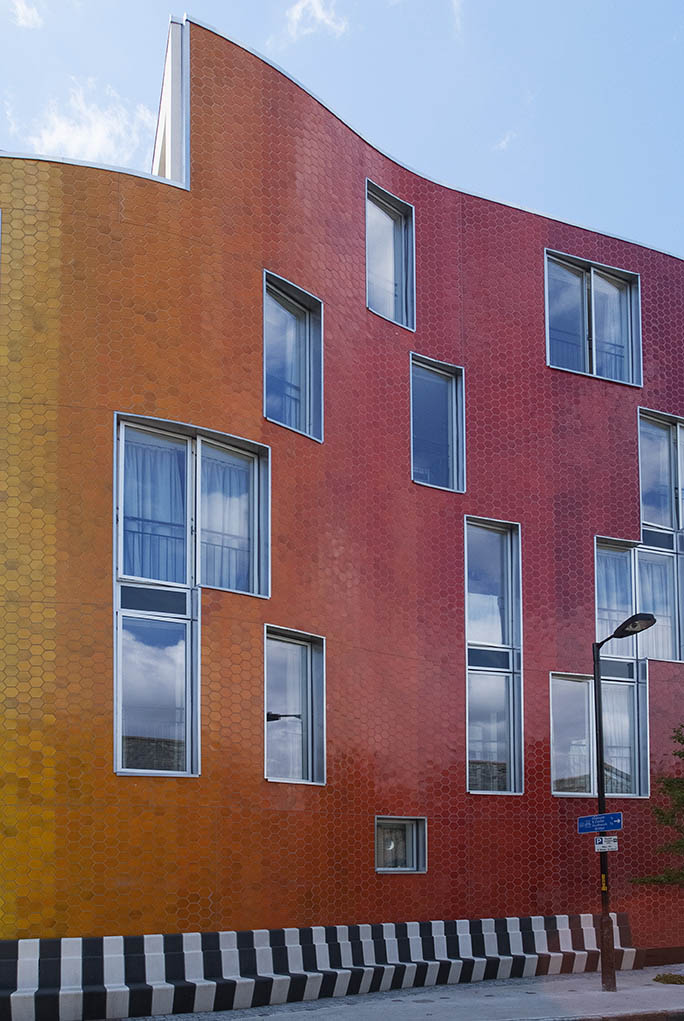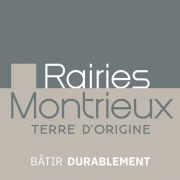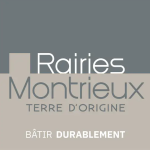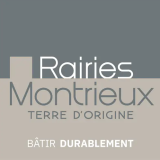Briqueterie Rairies Montrieux stands out for its exceptional expertise in the art of enameling, creating customized colors and finishes for terracotta. With a rich and diversified palette, the company meets the most demanding requirements of architects, offering tailor-made solutions thanks to a rigorous process of experimentation and adjustment of enamels and engobes.
A wide range of color possibilities
Color is central to the identity of Rairies Montrieux, which offers a wide range of hues created from mineral pigments. Adrien Fayolle, in charge of color, enameling and engobing, explains: “We have some twenty pigments at our disposal, and by mixing them in different ways, we are able to produce a whole palette of colors. Shades of blue, green, orange and many more.” Thanks to a meticulous process in which pigments are combined with frits – a fusible material based on crushed glass, a key component of enamel – and clays, each color is precisely adjusted to meet the specific requirements of each project.
Architects, often inspired by RAL references or specific materials, find in this diversity the opportunity toexpress their creative vision. “If a customer brings us a piece of brick or even a piece of fabric, we can recreate that color exactly, taking into account the texture and finish,” Adrien points out.
Technical expertise for customization
One of Rairies Montrieux’s strengths lies in its ability to offer customized solutions. Whether for a matte or gloss finish, a choice of single or double firing, each stage of the enameling process is designed to meet architects’ exact requirements. “Everything is computerized. We have a file for each job, which includes all the specifications needed to guarantee perfect production,” explains Adrien Fayolle.
This technical and systematic approach is particularly evident in the development of new colors and finishes. Complex projects such as the Athletes’ Village, where the company had to develop almost 200 formulas, demonstrate the breadth of possibilities. “This project was a challenge, but it enabled us to explore new dimensions of personalization. It shows just how well we can adapt to the most specific requests,” he continues.
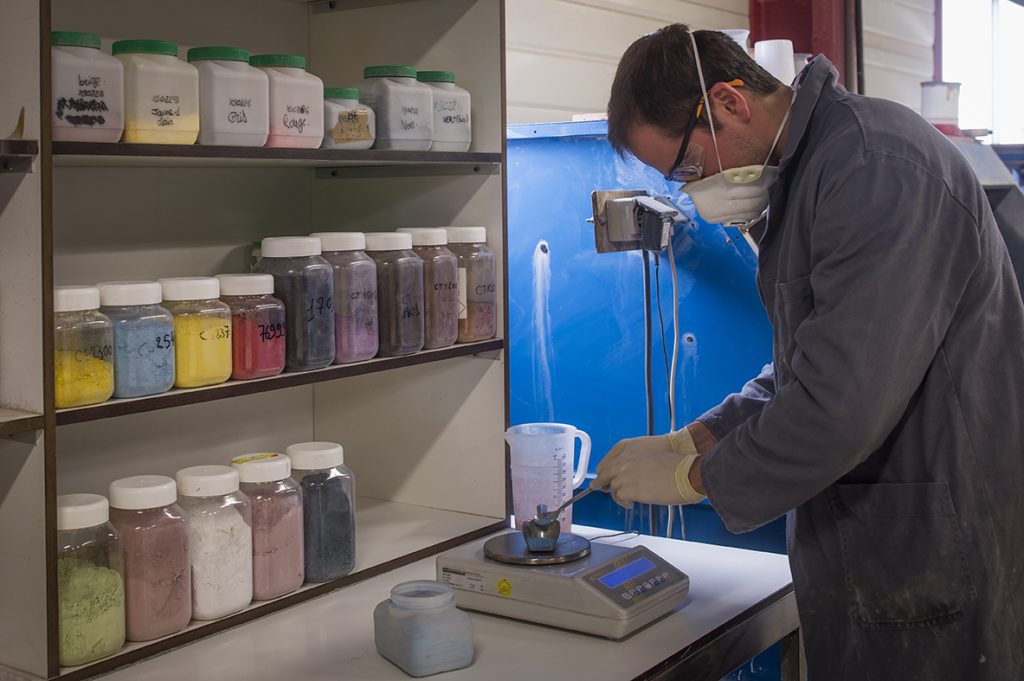
Handcrafted precision
The combination of craftsmanship and innovation is at the heart of Rairies Montrieux productions. Sophisticated firing techniques, such as crystalline bicooking, bring unique nuances and a lively texture to each piece. The example of the colored terracotta angle irons for the Tan Tat project in Australia, with the natural variations created by pigment migration, perfectly illustrates this singularity. “Every square metre produced in crystalline enamel features unique variations, bringing an authentic and precious character to every realization.”
Engobé, on the other hand, stands out as a solution for obtaining soft, varied hues while preserving the natural look of terracotta. “Engobé is a thin layer of clay, enriched with pigments, which creates matte colors while preserving the authenticity of the material,” explains Adrien Fayolle. This technique offers the advantage of producing a wide range of shades at lower cost than mass-coloring terracotta, and can therefore meet specific demands without sacrificing aesthetics or quality.
This blend of technical precision and craftsmanship gives each brick an inimitable character, perfectly suited to the aesthetic and functional needs of architectural projects. “Every test, every trial, is an opportunity to learn and perfect our mastery of colors,” he adds.
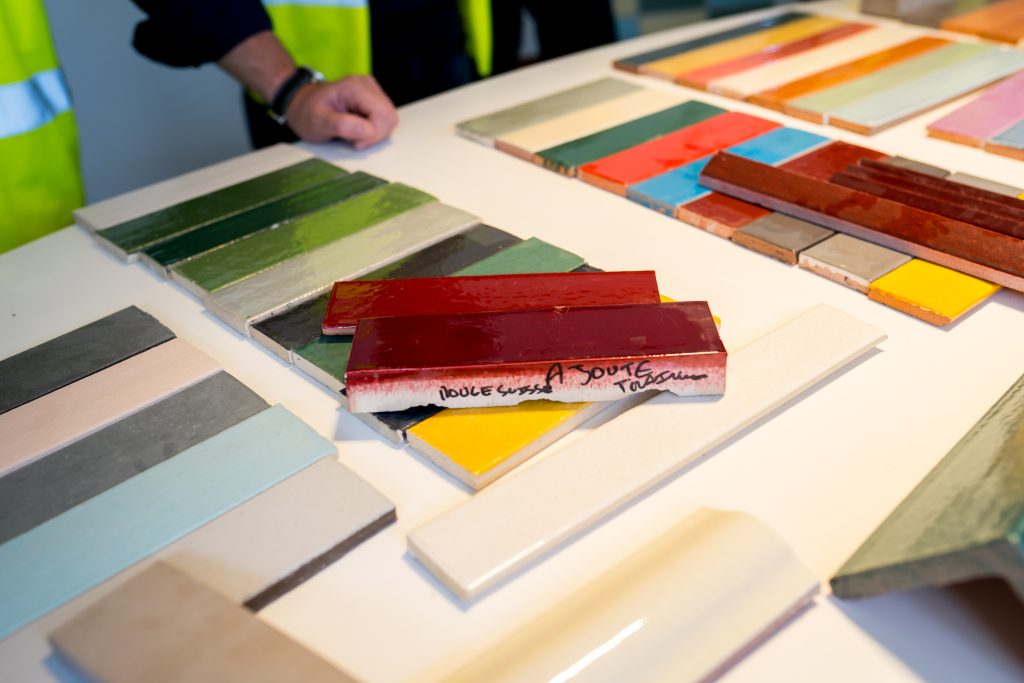
On schedule, even for the most ambitious projects
Thanks to a well-honed organization and a responsive team, Rairies Montrieux is able to respond to urgent requests while guaranteeing quality. “We can develop a shade in three days and send a sample in four. The flexibility of bicurement, with dedicated ovens, enables us to adapt quickly,” explains Adrien Fayolle.
Production times are also optimized according to the techniques used. For example, for single-firing, tests sometimes take longer, but the results are there. For engobe, the lead time is around three weeks. This ability to juggle efficiency and customization is a major asset in satisfying ambitious projects, while respecting sometimes tight time constraints.
